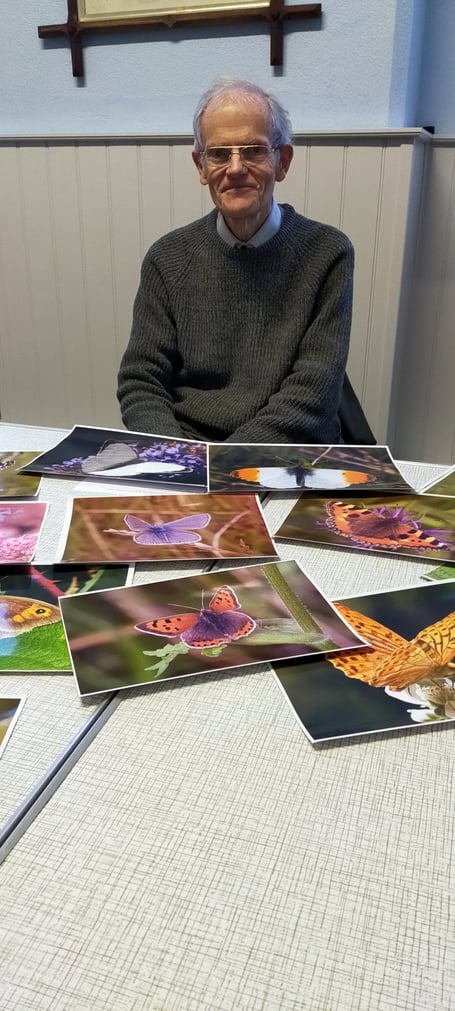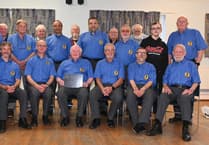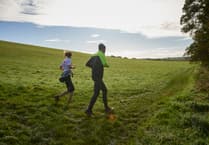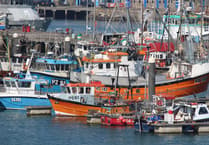WE love to see butterflies in our gardens and countryside – but how many of us give more than an admiring glance to these miraculous insects and their mysterious life-cycle?
The Thursday Friendship Group at Holsworthy Methodist Church enjoyed an enlightening and fascinating talk on this subject by retired teacher Mr Barry Bryne, of Stratton. Illustrated by a collection of glossy photographs, Mr Bryne spoke of the different ways that these apparently fragile creatures survive the winter: some as eggs, some in chrysalis or pupa form, and some as “hibernating” adults, such as the small tortoiseshell, often found in homes and outhouses.
Even more astounding are the journeys that some butterflies undertake to spend summer in this country: the painted lady, for example, flies long-distance from southern Europe, and even sub-Saharan Africa, to as far north as the Scottish Highlands.
Mr Bryne outlined the life cycles and habits of some of the other butterflies regularly seen in the UK. Even that foe of the cabbage-grower, the large white, is an interesting specimen! Other colourful species mentioned included that herald of spring, the orange tip; the red admiral, the peacock, the exquisite small copper and common blue, the meadow brown, the elegant silver-washed fritillary, and the elusive brown hairstreak.
Bude and Holsworthy Methodist Circuit lay worker, Michelle Hogarth, thanked Mr Bryne for opening our eyes to these wonders of Nature.
The Thursday Friendship Group meets in the Bodmin Street chapel hall or Blue Room, from 2pm to 3.30pm, where everyone is welcome to come and share a cup of tea or coffee and a slice of cake.
Guest speakers are regularly planned for alternate Thursdays, and on the other Thursdays, the group holds games and quiz afternoons.



.jpeg?width=209&height=140&crop=209:145,smart&quality=75)

Comments
This article has no comments yet. Be the first to leave a comment.